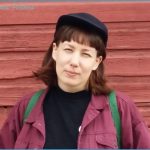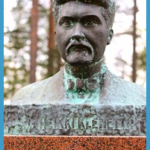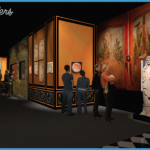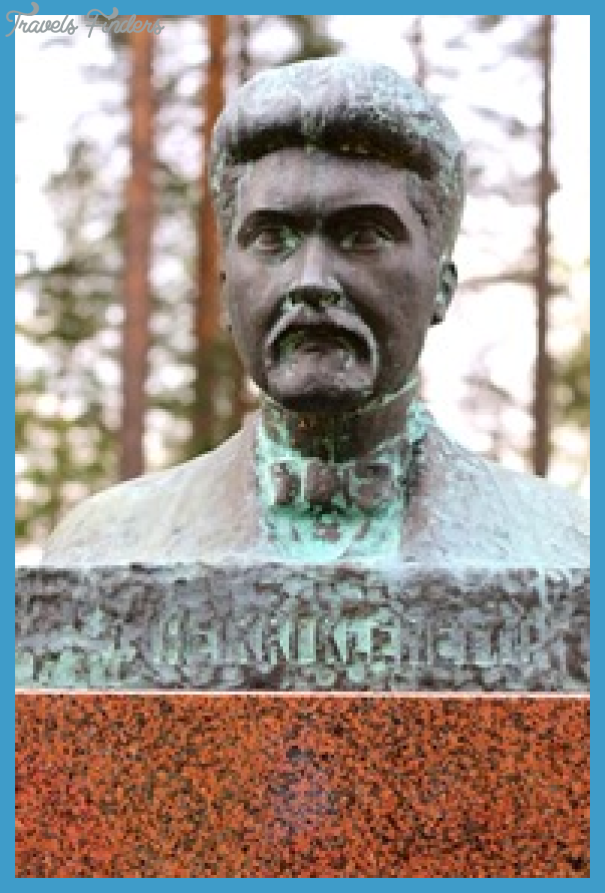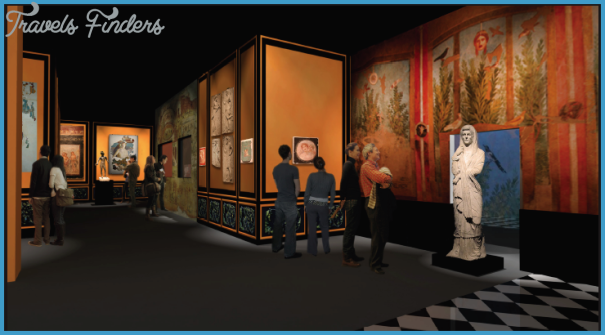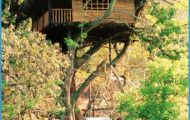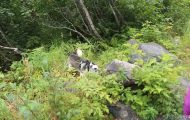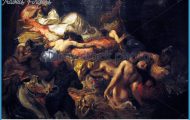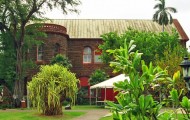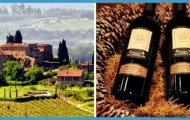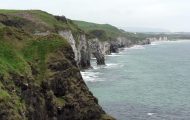KLEMETTI MUSEUM
The name of Heikki Klemetti is little known beyond Finland, but in his native land Klemetti was an influential and much-loved figure. He was born in 1876 in the small town of Kuortane, in southern Ostrobothnia, some 375 km north-west of Helsinki. He went to school in Vasa and was later trained in Helsinki and Berlin. When he was only 22 he was appointed to a university professorship in Helsinki (where his house, Hopiala, is currently the home of the composer Einojuhani Rautavaara). About three years later he bought the estate at Kuortane on which he was born – understandably, for it consists of a fine pine wood commanding a splendid view of Kuortane Lake. During a busy career, teaching at Helsinki University, composing and conducting choirs – he directed the famous Finlandia Male Chorus, the Finnish Song Choir and the university chorus, among others – he spent every summer until 1946 in his native town. Each year, when he arrived, the Kuortaneans reckoned that summer had come.
Klemetti had been born in what was then a sauna house, on the western side of the town. In the woods surrounding it, in 1903, he had a large house, Helia, built of local timber to his own designs. Initially, his brother’s family lived there; for himself, when five years later he married, he built a smaller house, Armila Helia, Klemetti’s summer home at Kuortane (named after his wife, Armi, daughter of the Helsinki cathedral organist). Saunakamari, the new lakeside sauna designed by Armi, was added a couple of years later. Klemetti died in 1953; Armi lived until 1979 and played an important part in the establishment of the museum in 1957. They had no children and the estate was bequeathed to the Kuortane Society (Kuurtanes-Seura).
KLEMETTI MUSEUM Photo Gallery
His own bicycle, largely wooden and now rather decrepit, leans in the porch of Helia, as it must have done when he used it for his folksong collecting trips. The main room, to the right, is furnished much as it was in Klemetti’s time – with local furniture, mostly inherited from his parents, including a suite of woven local birch, his desk (with a pencil portrait, cuttings books, photos and his glasses), a hand-painted grandfather clock that he built himself, a tapestry presented to him at the university in 1923, and on the walls photographs recording his family and events in his career: many with his choirs, looking happy enough, although he was apparently ferocious at rehearsals. On the walls of the rear left room, overlooking the lake, his medals and awards are exhibited, among them a diploma bearing the signature, during the Finnish-German alliance of the 1930s and 40s, of Adolf Hitler; his pipes, watches and other personal items are there too, along with copies of many of the books he wrote – short stories, novels and an autobiography. A man of parts, he was also a local historian and an authority on Finnish church architecture, and his writings on those topics are collected in a conservatory room along with editions of his music (piano music, songs, folksong arrangements, hymn settings). In the kitchen, at the front of the house, there is a china service given to Klemetti by his students, decorated with his initials HK.
The furnishings here are all Klemetti’s own. But those of Armila are even more personal, for this was his wife’s domain. Passing through the little covered porch, you enter the living-room, with its corner fireplace, a wooden sofa, a dining table and chairs, woven rugs and hangings, with cartoons and silhouettes of Klemetti, many photographs, and drawings and watercolours by Armi herself, including one of their St Bernard, Turvasta. In later years, Klemetti used the sauna cottage as his study: it contains the desk at which he worked, with a view across the lake, his square piano made in St Petersburg about 1800, a little bed for his daytime naps, a rocking chair and a bookcase filled with scores and paperbacks, his concert suit, and umbrellas, slippers and a fur hat, as well as numerous photographs on the walls.
Nearby, just across the road, is the Kuortane Farmhouse Museum, with buildings dating back to the 16th century; it was opened by the Kuortane Society in 1959, just after the Klemetti Museum.

